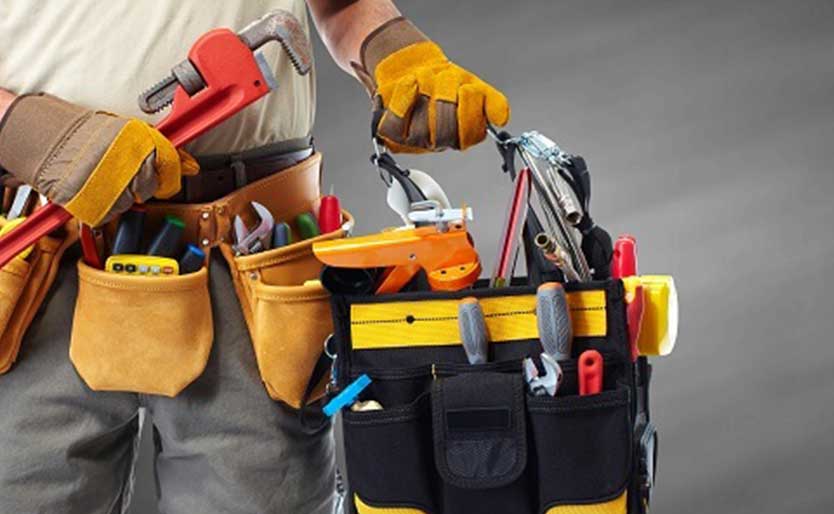Many homeowners usually require an electrical inspection when they realize that there is a major electrical fault. Most think that an electrical inspection is an expensive and time-consuming process. However, that is not true. Electrical inspection is a simple, but very important process that may reveal potential electrical problems in your home electrical. As they say, prevention is better than cure. If you can detect problems on time, then it will be much easier and cheaper to fix them. The main aim of an electrical inspection is to help find out if your home electrical system is in a good state, or if it needs to be repaired. In this article, we are going to discuss what happens during an electrical inspection.
When is electrical inspection needed?
· When buying a home
· If you want to add a new appliance that consumes power
· If your home is more than 40 years old
· If your home has undergone a major renovation
What happens during an electric inspection?
1. Wiring inspection
Wiring is the heart of your home’s electrical system. When you request an electrician to come and inspect your home, the first thing that he will do is to check the wiring system. Important things that the electrician will check include whether there are damaged and exposed wires. If your home’s wiring system was done more than 40 years ago, the electrician will recommend that you switch from aluminium wiring to copper wiring which is more efficient, durable and safer. Any damage detected on the wiring system will be recorded.
2. Lighting and switch inspection
The inspector will then proceed to check the lights and switches. He will carefully check all lighting (indoor and outdoor) to see if they are in good condition. If you are still using halogen lamps, the inspector will recommend that you change to LED lighting, which is more energy-efficient and durable. Similarly, if most of your home electrical outlets are two-pronged, then the inspector will recommend that you change to three-pronged outlets, which are safer and more appropriate for modern electric appliances.
3. Power surges
Power surges can not only damage your valuable electrical appliances, but can also lead to a fire outbreak. The inspector will carefully check power stability to detect if there are power surges. If there are, then he may recommend that you install surge protectors to reduce the risk of excess power damaging your electrical appliances.
4. Electricity leak inspection
Electricity leaks usually happen if there is a problem with the wiring system. If you have noticed a sudden hike in your monthly electricity bill, then it could be as a result of an electricity leak. The inspector will use various tools to trace where the leak is coming from.
5. Report writing
Once the inspection is complete, the electrician will provide a detailed report on the overall state of your home electrical system. Some of the things that the report will have include; a list of needed repairs, things that need to be upgraded, and the possible cost of repair among many others. If you want your home electrical system inspected, then Quick Spark can help you out. We will conduct a thorough inspection and provide a clear and detailed report that will recommend some of the things that need to be done to streamline your home electrical system. Don’t wait, call us today, 1300 265 751

